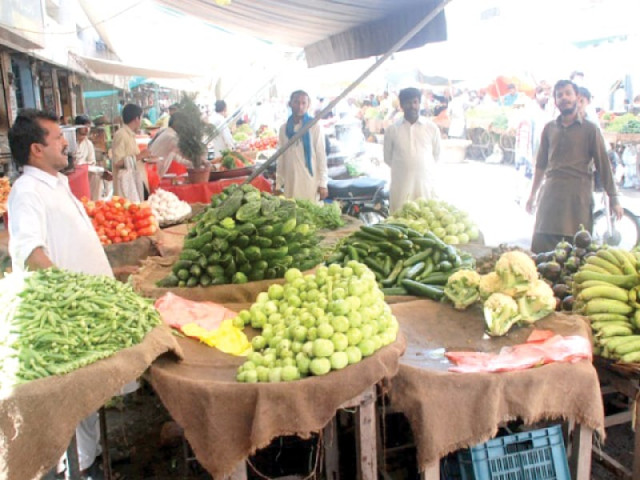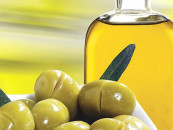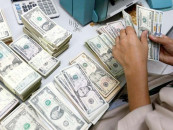Price relief: Inflation eases, touches six-month low in July
With lower prices, govt will be able to defend monetary stance before IMF.

After overshooting the target for the previous fiscal year, the pace of increase in prices of a basket of goods eased to the lowest level in six months at 7.9% in July, strengthening the country’s bargaining position ahead of talks with the International Monetary Fund (IMF).
Inflation measured by the Consumer Price Index (CPI) – the indicator that tracks movements in prices of 481 commodities every month – rose to 7.88% in July on a year-on-year basis, according to data released by the Pakistan Bureau of Statistics (PBS) on Monday.
Earlier in June, the index had increased 8.2% on a year-on-year basis. In fiscal year 2013-14, the government missed the annual target of 8% as inflation was clocked in at 8.6% on the back of increase in general sales tax, reduction in power subsidies and higher food prices.
For the new fiscal year, the inflation target has again been set at 8% because no significant curtailment is possible due to rationalisation of subsidies, monetary overhang and rising demand, according to the Annual Plan for 2014-15.
As the index slips below 8% in July, the Pakistani delegation that will meet IMF officials will have a reason to defend its stance on monetary policy. The State Bank of Pakistan has kept its key discount rate unchanged at 10%.
Pakistan and the IMF are going to hold parleys from Wednesday this week to discuss the economic performance in the last quarter of previous fiscal year and the likely scenario in the first quarter of the new fiscal year.
The IMF has been pressing the SBP to reconsider its monetary policy and declare inflation as the single objective of the policy.
According to the PBS, prices of perishable food items increased about 12% year-on-year in July, reflecting the seasonal price impact of Ramazan.
Prices of non-perishable food items rose more than 5%. Clothing and footwear prices jumped over 10%. The highest increase was in the alcoholic, beverages and tobacco group as prices soared 22%.
In the category of food, potato prices surged 122.6% in July over a year ago, suggesting all measures aimed at bringing down the vegetable’s rates could not bear fruit.
The federal government has allowed duty-free import of 300,000 tons of potatoes to control runaway prices in the domestic market. Moong pulse rates rose 27% followed by 22% increase in prices of cigarettes because of higher taxes from July this year.
However, tomato prices came down about 50% followed by 18% reduction in prices of tea.
The fuel and food-adjusted inflation – called core inflation – also slowed down to 8.3% year-on-year in July, a reduction of 0.4 percentage points. The slowdown in the pace of price hike suggests that underlying risks of a double-digit inflation are easing.
Independent experts give more importance to core inflation, which excludes volatile food and energy prices that are vulnerable to seasonal shocks.
Published in The Express Tribune, August 5th, 2014.
Like Business on Facebook, follow @TribuneBiz on Twitter to stay informed and join in the conversation.


















COMMENTS
Comments are moderated and generally will be posted if they are on-topic and not abusive.
For more information, please see our Comments FAQ